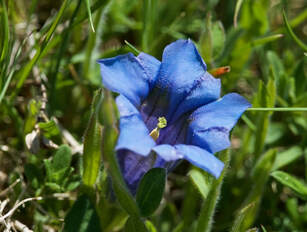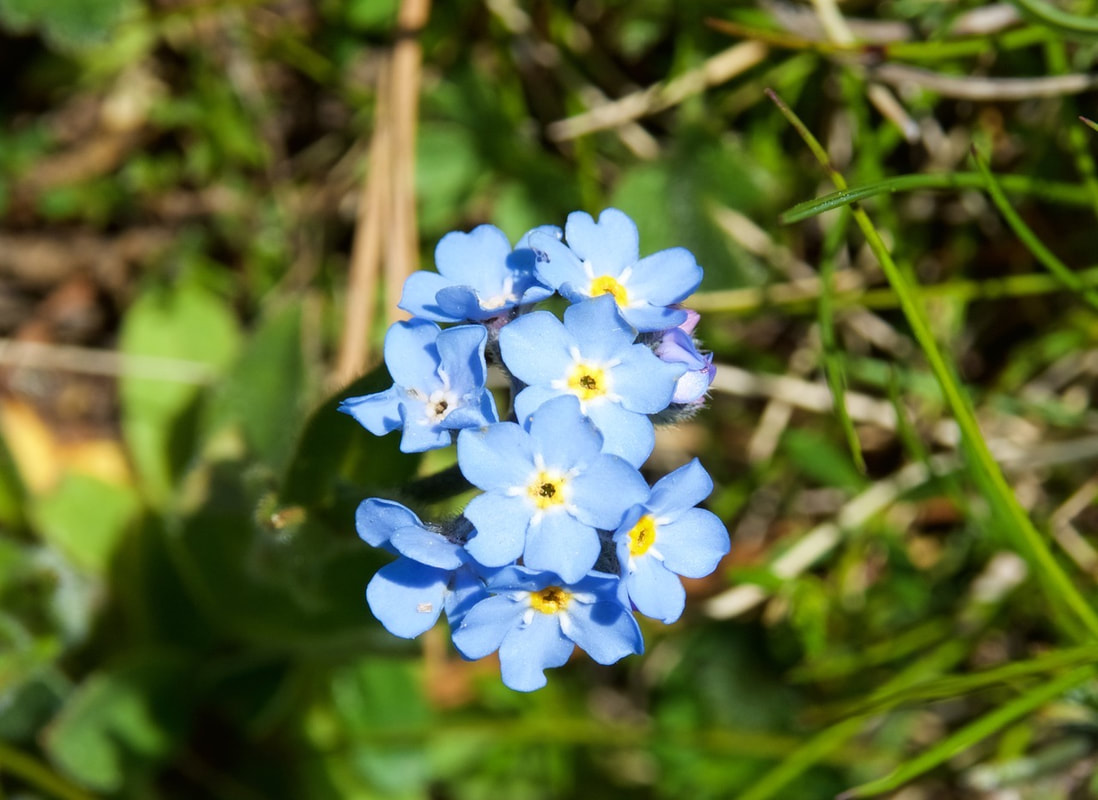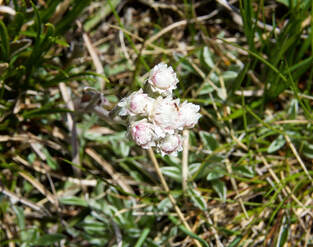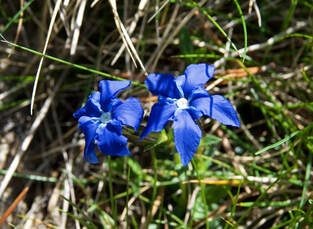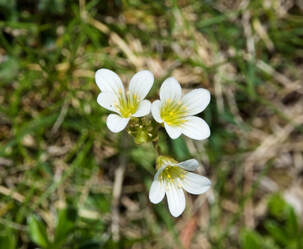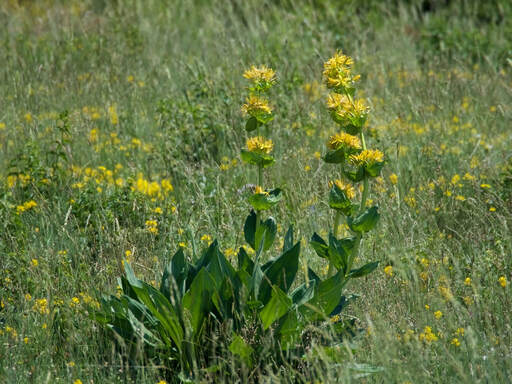If you are permitted to count as "garden birds" those you can see in the sky above the home patch, we are slowly amassing an impressive list of raptors; the latest, observed clearly from the terrace in front of the house, has been a circling griffon vulture, which joins the golden and short-toed eagles, buzzards, sparrow-hawks and kestrels so far observed. Not bad for a suburban garden in the well-populated Vallespir!
Like most of the houses here, we have thick hedges and lots of bushes in the said garden; very slowly, over the years, I have observed a few of the creatures (other than birds) we share it with. I have suspected for a few years that among those was at least one hedgehog, and again this year have observed droppings which suggested that somewhere in all the undergrowth lurked one of our prickly friends. Sadly, as is so often the case, it proved me right by venturing out through our gate and being run over by a car…
We have fled to the open sea on several occasions in order to avoid the heat which has so suddenly hit us this year. Here, as ever, our observations are not scientifically precise, but we are sure of some general trends. One comment has to be that the Marine Reserve off Banyuls is having a clear and beneficial effect on fish numbers, both in the protected area and elsewhere. It used to be the case that while we saw a number of fish of different species there, there was almost nothing to be seen in some of the other attractive coves beneath the great cliffs, where we anchor and swim regularly. Now, almost everywhere, the friendly saddled bream soon gather beneath our modest craft, and we are seeing more, and bigger fish on the Reserve itself.
There are definitely rather more gulls (still modest in number and behaviour compared to the British!), and this year we have seen larger groups of Sandwich terns, some 35 in three parties on one day. They still mystify us, as we never yet have seen them fishing; when DO they feed!?
And another bird seems to be doing well this year. Down towards Port Bou, there was always one part of the great black cliffs where swifts nested; there may be fewer of them there this year, but they are using a number of other cliffs this summer, including those under the lighthouse on Cap Béar.
There is always something to note and wonder over…
